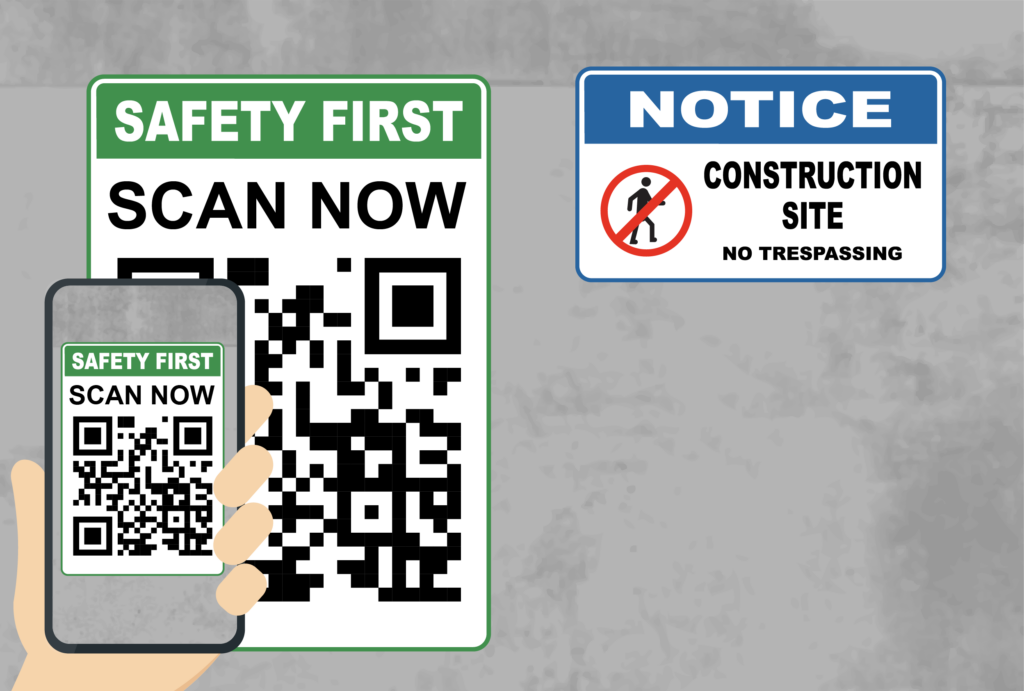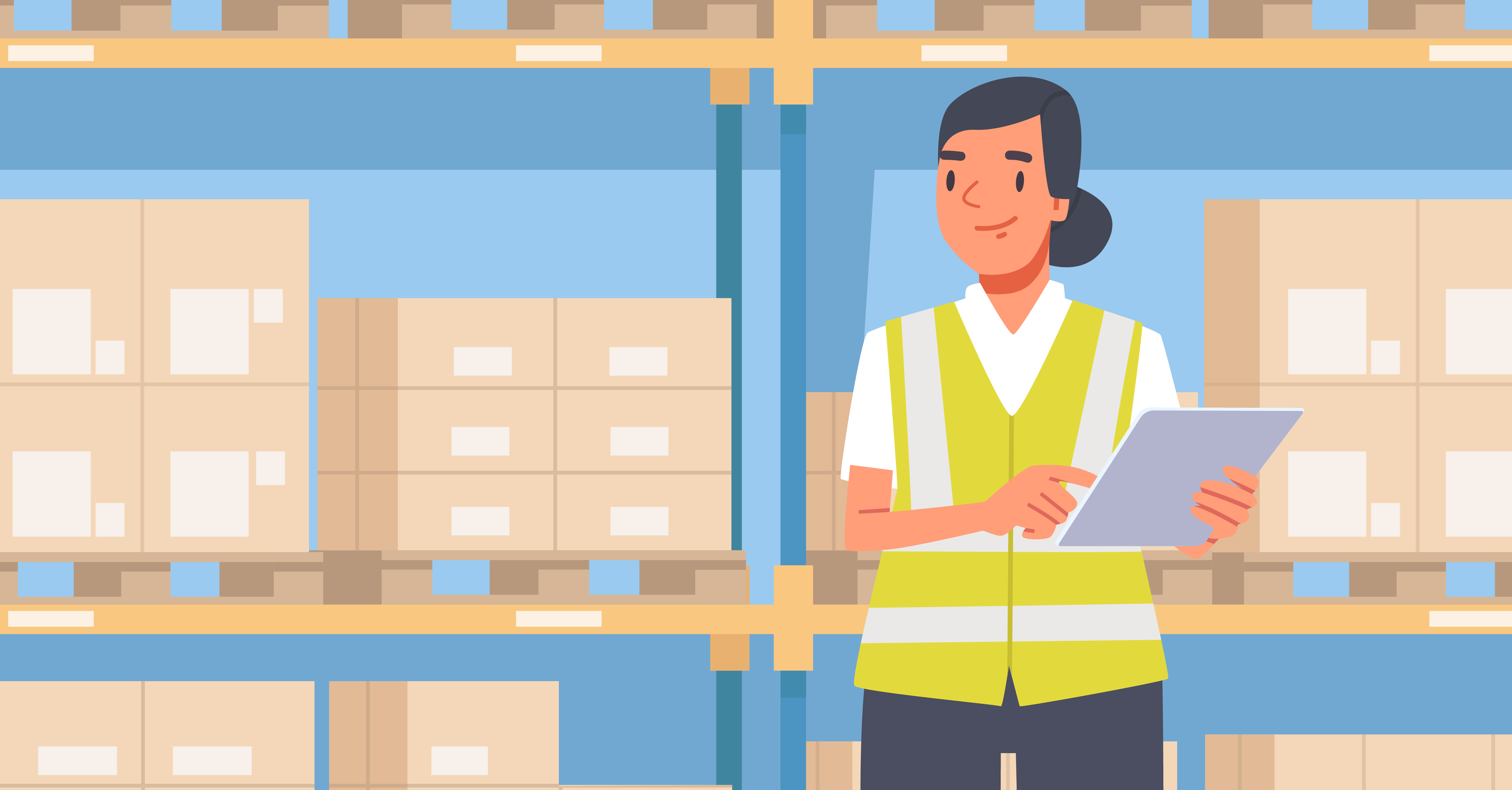How Technology Can Help You Avoid Construction Accidents
March 27, 2024

It’s an understatement to say that construction is dangerous work. According to data from the U.S. Bureau of Labor Statistics (BLS), the construction industry records more fatal work injuries than any other sector. Companies and industry experts have long sought ways to reduce construction accidents, and technology may help companies use new innovations to keep workers safe.
Scott Gerard, a safety consultant with extensive experience in construction, says several elements contribute to the ongoing high rate of accidents in the sector. One is a lack of formal training within the workforce. Many people come into construction simply because they can. Perhaps they haven’t had success finding a job in their preferred field or they don’t have a strong background in any field at all. In need of work, construction becomes a default for them, despite having no hands-on experience in a trade. Insufficient training means these people are more likely to be involved in accidents in the workplace.
Another factor in some regions is the presence of large immigrant populations. BLS data from 2020 revealed that slightly over 25 percent of construction industry workers were foreign born, a big jump from the almost 17 percent recorded for the total employed across all industries. Some of those seeking work may have less-than-perfect paperwork, and because of their tenuous situation, they’re less likely to ask for help or guidance or raise their hand when a work environment seems unsafe. “A worker might not have ever done a particular job in his life, but he’s willing to give it a go to earn some money,” Gerard says. Something as simple as requesting safety glasses or a harness could bring unwanted attention, causing many to keep their heads down and their mouths shut, even when encountering potentially risky situations.
Complicating matters is the constant state of change that typifies construction jobsites. They’re nothing like a factory floor or a warehouse or any other fixed place of business, where many of the risks are static and safety professionals can more easily identify safety issues and alert workers to their presence. Pinch points in one location, hazards in another and robot control exclusion zones are known, not just by EHS teams but by workers, too. “In construction, the environment is dynamic and ever changing,” Gerard says. And it isn’t just the locations that are perpetually shifting. A jobsite’s workforce is also in eternal flux. One study found that only 56 percent of construction workers remain on the same jobsite for more than a month. Extended out over the long duration of a commercial or civil construction project, the total number of workers can be staggering.
Many more banal operational challenges compound the issues presented by a lack of trained workers, an unwillingness to speak up in the face of jobsite risks and a workforce that’s ever-changing. “Just like any business, time and money pressures also cause strain on the system,” Gerard says. Time is a prized commodity in construction, and contractors risk hefty penalties if milestone dates aren’t met. The resulting rush can deprioritize health and safety practices in favor of speed. Financial pressures follow close behind as firms try to balance a difficult market environment with the need to fund everything from training initiatives to the purchase of safety equipment.
Harnessing Technology for Enhanced Safety Practices in Construction
By implementing technology in a strategic way, construction firms can overcome some of these tricky challenges and reduce the risk of accidents. Behavior based safety (BBS), for example, is a difficult system to use in construction due to persistent personnel churn. “The workers digging the foundations are not the workers that are on the jobsite in three months or six months or a year, as the project is finishing up,” Gerard says. “There’s a constant turnover of the entire employee roster, multiple times, on a construction site, so you can’t get super deep with BBS.” However, by implementing a technology solution with built-in flexibility, contractors can often get good results using a pared-down version of BBS, akin to “BBS lite.” It’s one way construction companies can achieve good results even when managing multiple subcontractors.
The application of technology around observations, hazard identification, near misses and other incident management elements can also deliver meaningful results. Contractors may even opt to expand their focus to include good catches, concerns, complaints and suggestions to capture the best blend of data. “You can place QR codes around the site that people can quickly scan,” Gerard explains. He adds that making QR codes available in high-traffic areas—break locations and common areas, for example—creates more opportunities to capture valuable safety information. “Putting codes in multiple places on the site can drive more engagement at the employee level, as well,” Gerard says.
Technology Delivers Flexibility Without Needing to Recreate the Wheel
Anyone who’s been around long enough to remember the pocket cards that held a week’s worth of observations knows these usually became Friday afternoon exercises to appease upper management. Today, tech makes the modern version of pocket cards not only simple to do in the moment (rather than at the end of the week) but also far more powerful. “Having those tools available in mobile—offline, of course, because sometimes you don’t have cellular or Wi-Fi service on a jobsite—means you can just reach into your pocket to do it,” Gerard says. With an application that serves up questions designed to guide the foreman through the observation, technology empowers workers with an easier way to get them done and get back to work.
To serve the unique needs of construction firms, technology can also provide much-needed flexibility to develop a Job Safety Analysis (JSA) process tailored to different jobsites and stages of the construction lifecycle. Combining JSAs into inspections, for example, enables you to prepopulate some elements to streamline data capture. By taking a known task and breaking it into its component steps, foremen gain a template that’s quick to complete but offers flexibility to address unique conditions, particularly environmental conditions. The result is a requirement for answers that eliminates a simple copy-paste, while still making the information easily trackable. What floor are you on? What room are you in? A foreman doesn’t need to devote a lot of time to data entry and can swiftly complete the task to help inform accident-avoidance efforts.
Use Tech to Expand and Elevate Data Gathering, Analysis and Actions
The addition of technology to traditional processes doesn’t just help to digitize formerly manual tasks. It also boosts the ability to proactively identify hazards that could lead to an accident. “If I want to assign a worker the task of driving a forklift, the technology can immediately do a search and notify me that the person hasn’t been trained to drive that forklift, or that their certification is expired,” Gerard offers as an example. The right solution also gives contractors the ability to analyze data quickly and at scale, a step where companies have often struggled. Pulling better insights faster enables you to help reduce accidents and keep your workers safe.
Advancements such as artificial intelligence (AI) will also open up new opportunities to trim the manual tasks that could slow down construction risk identification and mitigation. “I think AI can help us analyze the data that comes in to give us actionable output metrics, so we can do a better job of knowing where to focus and where to spend our time,” Gerard says. And while it’s unlikely that AI will replace a site safety manager walking through a site for a visual review any time soon, newer iterations of AI technology may be useful in concert with other strategies, such as monitoring targeted camera placements for collision avoidance or spotting bad lifting techniques.
Intelex is already putting key technology capabilities to work to help contractors make jobsite safety a priority and reduce construction accidents. Integrated AI features enable teams to quickly surface a lot of information based on historical data and the latest entries from field personnel. Data collection and analysis is quick and much of the work can be automated to free up workers’ time. Putting a highly capable mobile app in workers’ hands further empowers them to share observations and file reports without taking them away from their primary tasks. With Intelex, construction companies have the tools to manage and enhance safety protocols across highly dynamic work locations and mitigate the risks that can lead to accidents and injuries.






